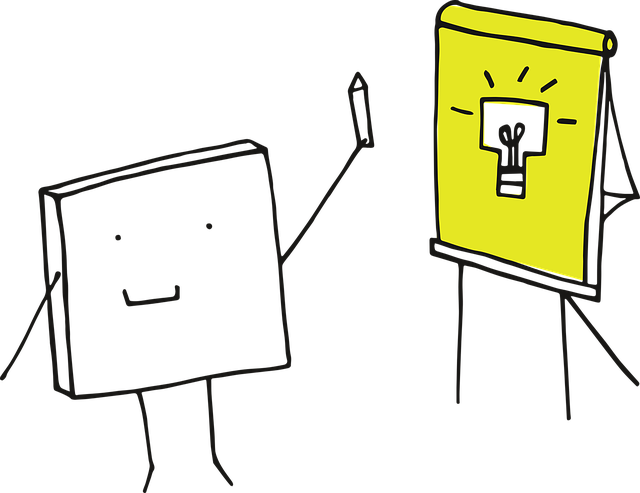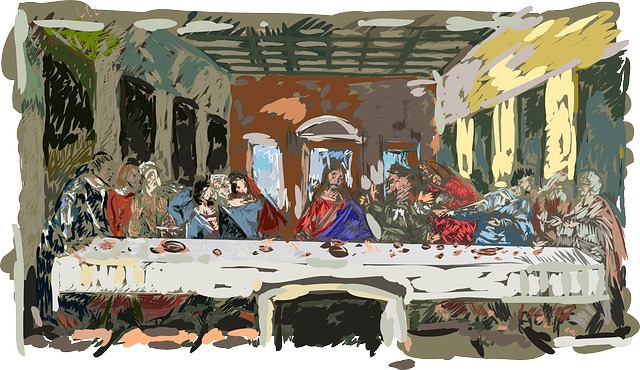Dual coding theory guest post by Ms Dawn Ashbolt and Dr Flavia Belham
A lot of schools have now moved to a three year GCSE course, which is great in lots of ways. It enables more time to teach and hopefully creates less teacher panic, to get all of the essentials of each subject and specification taught.
Successful and effective retrieval of information
We’re used to hearing teachers constantly saying, ‘I’ve got too much content to teach!’, ‘the new specification has more content than that last one’, ‘how will I get through it all in the time we have allocated?’…. What this new three-year structure also means, though, is that, as teachers, we’re now faced with having to think about and to create activities throughout the year that will facilitate successful and effective retrieval of information and knowledge.
So, the new statements and questions heard in staffrooms across the country will be, ‘how will students remember the content taught in year 9 at the end of year 11?’ and ‘how can I encourage retrieval as part of my everyday lesson structure?’.
Using words and visuals
This is where active teaching and learning comes into its own. Retrieval lends itself perfectly to using words and visuals. These activities work as starters and plenaries. They will support the students in being able to remember and access the information they have learnt, rather than that essential knowledge being lost.
It makes me think of when you arrive at the airport on holiday and are waiting for your luggage to arrive. You want your suitcase to be first out, so you can start your holiday quickly. More often than not you have to wait and wait and wait and, on some occasions, you don’t recognise your luggage on the conveyor belt or your suitcase just never arrives! This is how I see retrieval.

As a student you want your ‘case’ (which in this analogy is knowledge), to be released from your brain quickly. Without teaching effective strategies in lessons to support memory retrieval, students could be left waiting a long time for their knowledge to resurface. The possibility that it will never arrive in time is even worse!
As teachers, we need to install a reliably effective “baggage retrieval” system in our students’ memories so that this doesn’t happen!
Using visuals in lessons are effective ways to engage students. It also enables them to understand topics and remember the finer details of what is being taught. The famous expression, “A picture is worth a thousand words” captures this idea perfectly. It refers to the notion that an idea can be conveyed with just the use of a picture.
Dual coding theory
The use of combined verbal and visual information is called dual coding. It’s a very effective learning strategy because it facilitates the processing of novel information and reduces students’ working memory load. The use of images can also make students create new and stronger connections between pieces of knowledge.
That happens when they compare and contrast the text with the visuals, and also when they use the text to draw a picture (or diagram, or timeline) and vice versa. The more connections students have, the more deeply they understand the content. Students are then more likely to retrieve it during an exam. Revision and homework platforms like Seneca Learning now implement these principles digitally as well.
My school has been focusing on ‘active learning’ over the last two years. Here is a range of dual coding theory ideas that have worked effectively to maximise retrieval.
Visual prompts to refresh and recap on learning
If you can talk it, you can remember it! 
Teachers hold up pictures and objects which they then link to specific aspects of the children’s learning (for example, in history, linking a picture of Bart Simpson to the four areas of the Treaty of Versailles – Blame/Army/ Reparations/ Territory).
Students link these to their learning and can use these as prompts to remember and to develop their ideas around a topic. The objects and pictures can be used during lessons to introduce new key points of learning and also as revision aid quizzes for quick retrieval and reviewing of past knowledge. Students can then become the leaders in activities like this and work in pairs and groups to trigger memories with these images and prompts.
This strategy has also been implemented in Religious Education. In RE, this was used as part of a lesson on Holy Communion, with a focus on improving answers to 5 and 12 mark questions.
Having examined the features of the Eucharist and the varying denominational attitudes, the department reviewed the practice of using visual representations with a class. Images were used that represent The Last Supper as the foundation of the Eucharist, and visual representations of key quotes and of differing denominational views.

Having repeated the practice twice, pupils were able to demonstrate individually with the visual prompts and then without them, using memory techniques. The teacher then gave the students individual versions of the prompts to manipulate, in order to shape their written answers and demonstrate where they could achieve marks.
The individual versions were a mini set of pictures that each pupil could move around on their desk to help structure their longer mark answers.
To create your own version of this, here are the key steps:
Step 1 – What is it that you want the students to be able to remember?
Step 2 –Break down this knowledge into chunks.
Step 3 – Consider whether an acronym could be created and then link images to the new word, or consider whether an image could be used to represent each part of the knowledge.
Step 4 – Find the prompts/create the images, and then you are ready to go!
SALAD DAYS – Speaking and Listening to Active Development
As a school, we have been trialling this style of lesson format to encourage greater awareness and use of literacy in lessons. Working on literacy in schools is key to retrieval success. Being able to confidently communicate ideas and debates will then translate to better-written communication. During these lessons, the students don’t use a pen, which I am sure is part of the appeal for students and part of the worry for teachers.

Effective dual coding theory activities
Some effective dual coding theory activities that were run in these sessions were:
- Using images to create and remember narratives, processes, experiments… Get students to place the images in order and be able to communicate their ideas/memories…
- Storyboarding – When you think of storyboarding, you tend to think of it being used in its traditional sense for planning out a narrative, but it can also be used to support the structuring of essays. Using images as well as words helps to break up the essay into smaller chunks and gives students a step-by-step dual coding theory guide.
Through the use of effective dual coding theory, the statements we’ll hear in classrooms and staff rooms in the near future will, hopefully, no longer refer to our collective concerns about remembering content. Instead will be a productive discussion about sharing techniques that will help students to remember, retain and retrieve’!
Guest post by Ms Dawn Ashbolt and Dr Flavia Belham About the authors: Ms Dawn Ashbolt is Director of Teaching and Learning across Wrenn School in Wellingborough, Northamptonshire. Dr Flavia Belham started as a Biology teacher in Brazil, then got a PhD in Cognitive Neuroscience from University College London. She now applies cognitive science to education as Chief Scientist at Seneca Learning.
We update our teaching and pupil support jobs every day, so keep checking back for the latest roles.






